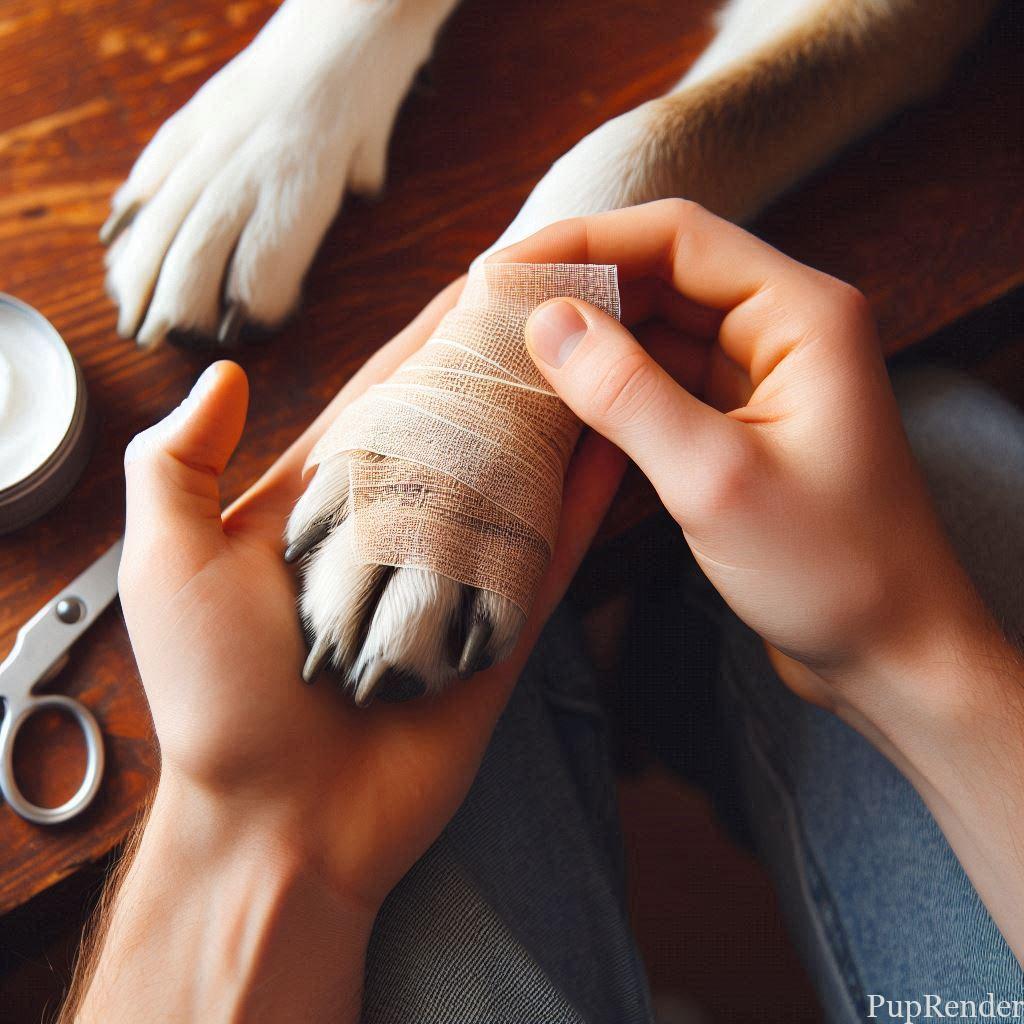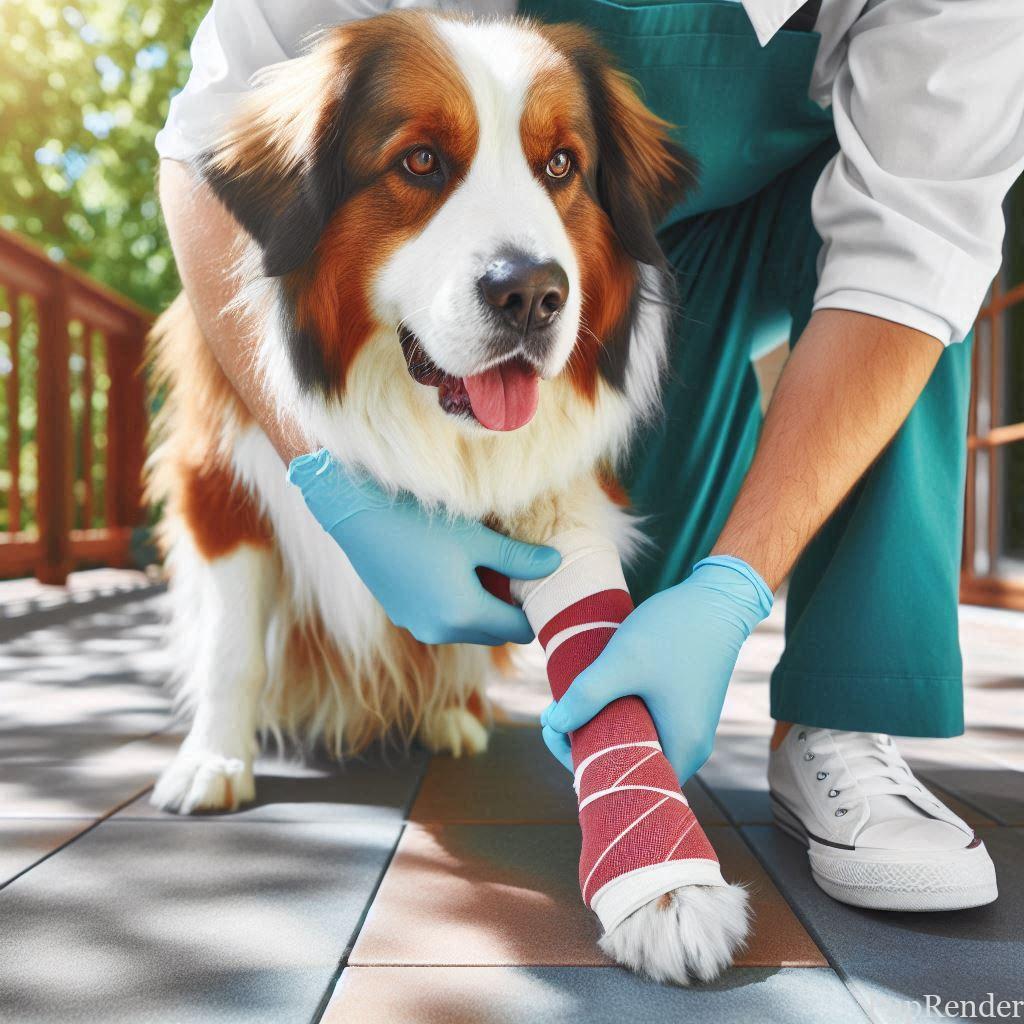The Ultimate Guide to Dog First Aid

As a dog owner, your furry friend’s health and safety are always top priorities. Accidents and emergencies can happen at any time, which is why it’s crucial to be prepared. Knowing dog first aid can make a significant difference in how you respond in critical moments. In this ultimate guide, we’ll cover essential first-aid tips every pet owner should know to keep their pup safe and healthy.
Why Dog First Aid Matters
Understanding the basics of dog first aid can help stabilize your dog in an emergency until you can reach a vet. From minor scrapes to more serious injuries like broken bones or poisoning, your quick actions could save your dog’s life. First aid doesn’t replace professional care, but it can prevent conditions from worsening.
Internal Link: For tips on keeping your dog healthier every day, check out 5 Dog Health Tips Every Dog Owner Needs.
Dog First Aid Kit Essentials
Having a well-stocked first aid kit is the foundation of being prepared. Here’s a list of essentials you should include:
- Bandages and Gauze: For wrapping wounds and stopping bleeding.
- Digital Thermometer: To check for fevers or abnormal body temperature.
- Hydrogen Peroxide: Useful for inducing vomiting in case of ingestion of toxins (consult your vet first!).
- Tweezers: For removing splinters, ticks, or other foreign objects.
- Muzzle: Even the friendliest dog can bite when in pain, so it’s good to have a muzzle for safety.
Learn more about how to keep your dog safe with proper dog grooming at home.
Common Dog Injuries and How to Treat Them
Cuts and Scrapes
For minor cuts and scrapes, clean the wound with saline or clean water, then apply an antiseptic. Bandage the area to prevent infection, and keep an eye on it over the next few days.

Read more about dog obedience tips to prevent accidents.
Broken Bones
If your dog breaks a bone, it’s vital to keep them as still as possible. Splint the injury carefully, and transport them to the vet immediately. Never try to reset a broken bone yourself.

How to Perform Dog CPR
Knowing how to perform CPR on your dog could be life-saving, especially in cases where your pet isn’t breathing or has no pulse.
- Clear the Airway: Ensure there’s nothing blocking your dog’s throat or mouth.
- Rescue Breathing: If your dog isn’t breathing, close their mouth and breathe into their nose until you see their chest rise.
- Chest Compressions: For dogs under 30 pounds, use one hand to compress the chest. For larger dogs, use both hands. Press firmly but gently.
What to Do in Case of Poisoning
If you suspect your dog has ingested something poisonous, act fast. Contact your vet immediately and follow their advice. You may be instructed to induce vomiting with hydrogen peroxide or give activated charcoal to absorb the toxins.

Make sure your dog is always eating the right food—read Is Your Dog Getting the Right Nutrition?.
For a more detailed guide, check out the American Veterinary Medical Association’s Pet First Aid Resources.
Prevention is Better Than Cure
While knowing first aid is essential, preventing injuries should be your first line of defense. Regular vet visits, a balanced diet, and plenty of exercise can keep your dog healthier and reduce the likelihood of accidents.
Discover Top 7 Health Tips Every Dog Owner Needs to keep your pup in the best shape.
Share This Guide with Fellow Dog Lovers!
Caring for your dog’s health and safety is a community effort. Share this post with your friends on social media, and help other dog owners prepare for emergencies.





